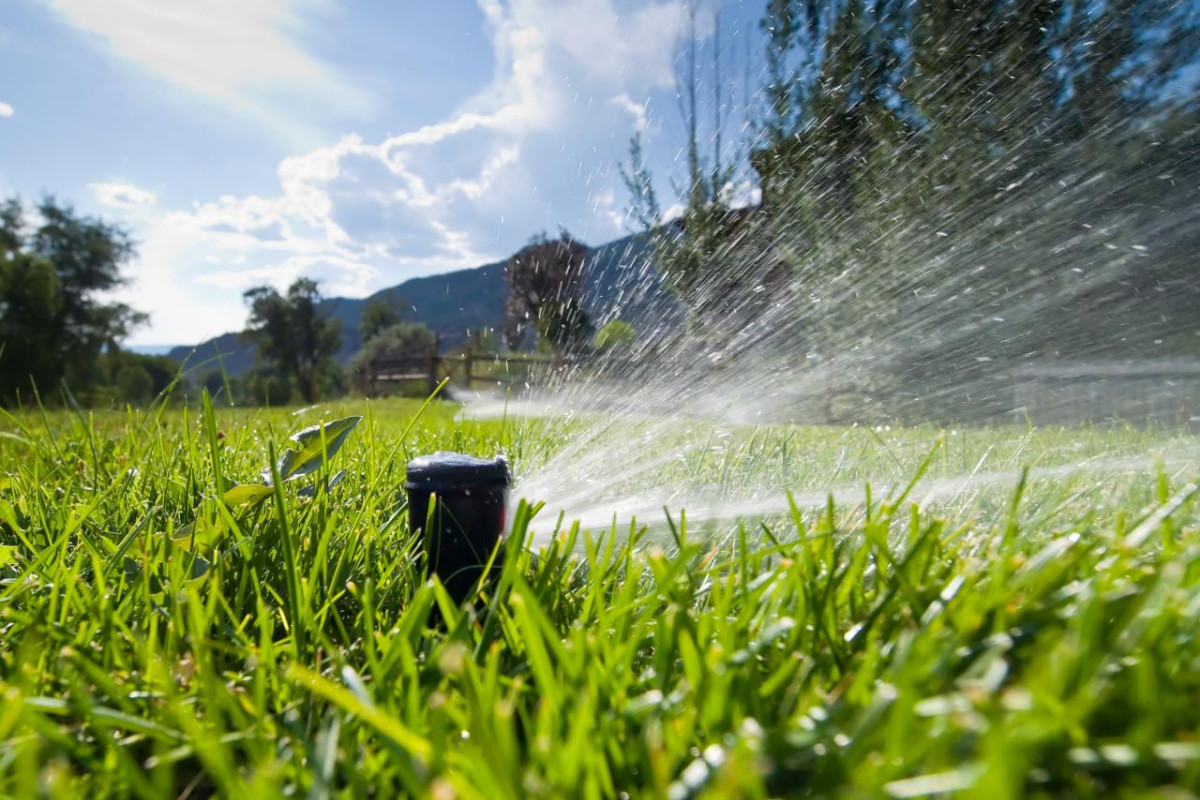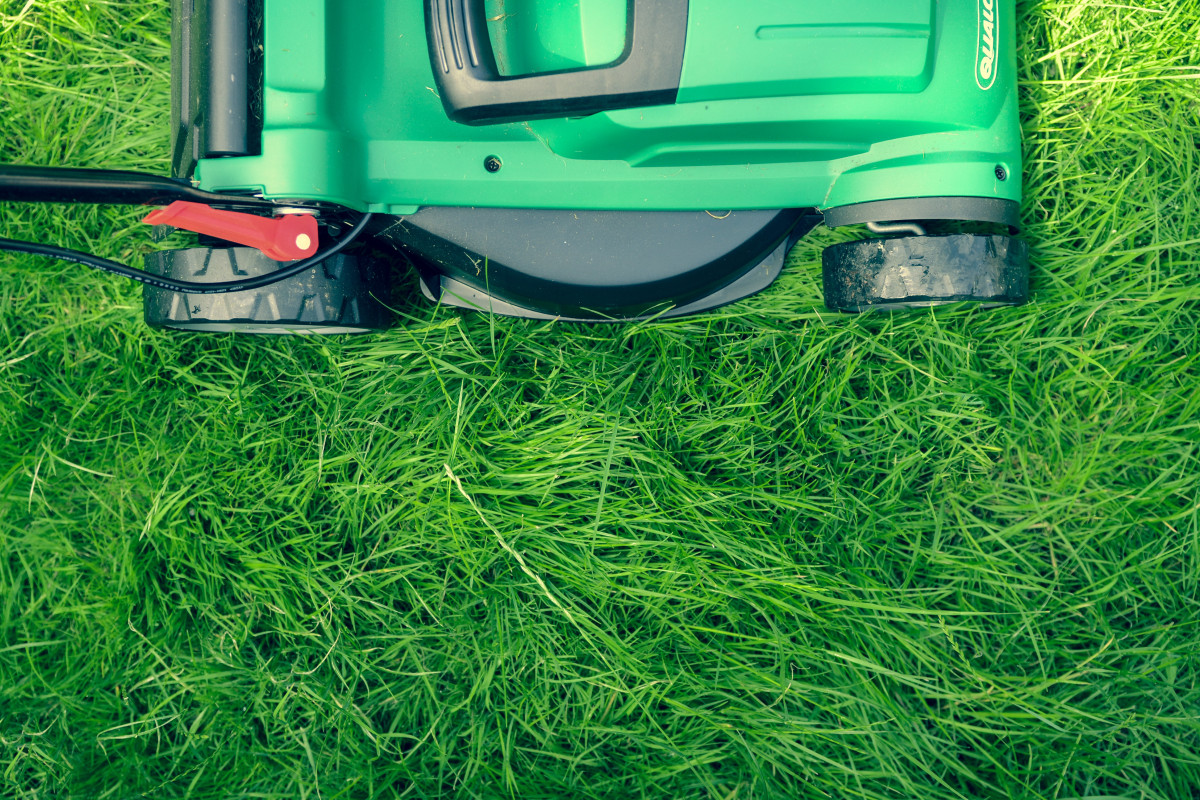Blog
Lawn Care Tips For Georgian Bay

A brown lawn, full of weeds and bare patches could be a sign that the homeowner just doesn’t care about their grass… but more often than not, they just don’t know how to care for it.
Having a lush, green and healthy lawn takes more than mowing once a week and occasionally tossing on some fertilizer — it takes a considerable amount of time, some effort and a bit of knowledge too.
In this post, I’ll share some tips on how to care for your lawn — if you need more help, the Landmark Group’s maintenance team can supply the time and effort too!

How to deal with drought
Up here around the Georgian Bay, our lawns are a mixture of cool-season grasses, like Kentucky bluegrass, fescues, bentgrass, and perennial ryegrass.
These grasses experience the most growth in the spring and fall when temperatures are cooler, with a natural tendency to go dormant during the hot, dry months of summer.
Having a brown lawn during this dormancy doesn’t mean your lawn is unhealthy — it’s just shutting off plant development until cooler temperatures return.
That being said, there are still a few things you can do to help your lawn during a drought.
Avoid the temptation to over-water. — Breaking dormancy by over-watering stresses the grass and depletes its energy reserves. Water just enough to keep the grass alive; about an inch or two each week.
Weed more frequently. — Weeds have a tendency to take over your lawn when the grass is dormant, so be extra vigilant and pluck weeds before they have a chance to take over. To reduce weeds, apply a good-quality weed killer before fertilizing.
Raise the height of your mower blade. — This reduces evaporation and keeps the soil shaded. You likely won’t have to mow as often, either, as the grass isn’t actively growing during a drought.
Invest in a smart irrigation system. — A smart irrigation system uses technology to control your water usage — so your lawn and gardens get all the water they need, even during a drought.
The important thing to know is that your grass is resilient and can withstand the droughts of summer (that is how nature designed it). So, even if it turns a little brown, it’ll come back when the cooler weather returns.
Note: Don’t be tempted to mix in some warm-season grasses with your cool-season grass. You’ll end up with a patchwork-like lawn full of different colours and textures.

Mow like a pro
You might be thinking, “I know how to mow a lawn… it’s not rocket science.” And while that may be true, mowing a lawn properly is about more than pushing your mower around once a week.
Here are a few tips that’ll have your lawn looking like a golf course!
Don’t mow your lawn when it’s wet. — When the grass is wet it can clump, making it susceptible to disease… plus you could easily slip and fall!
Avoid mowing in the heat of the day. — Mow in the early morning (after the dew has dried) or in the early afternoon. When it’s too hot, the grass loses more water and recovers slower (and so do you!).
Set the blade to the right height. — Set your blade between 2 ½ and 3 ½ inches in the spring and fall, and between 3 ½ and 4 ½ inches in the summer. Cutting it too short stresses the grass — you never want to cut more than a third of the length off at one time.
Make sure your blade is sharp! — A dull blade tears the grass rather than cutting it, leaving looking ragged, unsightly and susceptible to disease.
Vary your mowing pattern. — Grass tends to grow in the direction it’s mowed, so if you mow one direction one week, mow in the opposite direction the following week. This will give you a good, thick-looking lawn with straight blades.
Ditch the collection bag. — Small clippings are best left on the lawn to decompose. They release nutrients into the soil, accounting for up to 25% of your lawn’s fertilizer needs! (Of course, if you’ve left it too long, large clumps should be raked up.)
Trim your edges. — Trimming the edges is what gives your lawn that nice, manicured look we’re all going for — so if you want your lawn to look amazing, make sure not to miss this step!
If you’re looking for the easiest way to care for your lawn, just leave it to us! That way you can skip the yard work and spend your time enjoying your yard instead of caring for it.
In the next post I’ll share tips on how (and when) to fertilize your lawn as well as tips on aerating, dethatching, overseeding and top-dressing… so stay tuned for part two!
Read More Posts

Choosing the Right Pool for Summer Fun

How to Keep Your Shoreline Vibrant and Healthy
